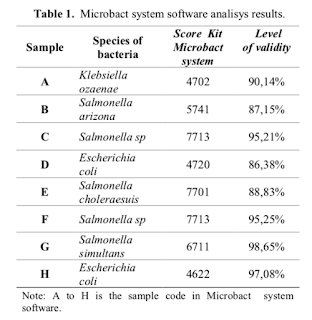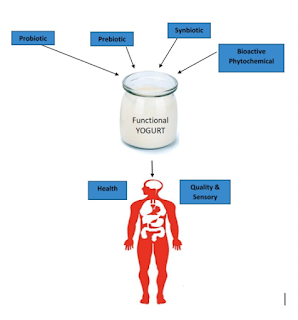Kiwellin is a protein isolate from kiwi (Actinidia chinensis) fruit and can also be
found in most plant species. Zea Mays or
maize carries a kiwellin protein that is versatile in defense mechanisms
against fungal diseases. Maize is a domesticated crop that originated in the
Americas that is distributed for food, feed livestock, used for biofuel, and is
used as raw material. (Augistyn, A., Bauer, P., Duignan, B., Eldridge, A.,
Gregersen, E., McKenna, A., et al.) This article is centralized on Maize smut
disease caused by the biotrophic fungus Ustilago
maydis. There is an interaction between the fungal hyphae and an
intruding cavity into the plant plasma membrane. Here, U. maydis secretes its effector proteins causing induced tumors.
Cmu1 is a deregulated metabolic enzyme that is highly expressed during
colonization of the plant and through biotrophic development. It is the
conversion of chorismate to prephenate. Cmu1 is translocated to the cytosol,
fluid in the plant membrane, and prevents the biosynthesis of salicylic acid
that would mediate in plant immune responses against pathogens. Cmu1 has a
crystal structure, and like the model organism Aro7p of Saccharomyces cerevisiae,
the both form a homodimer. A homodimer are two monomers that each have 9
α-helices and identical active sites. (Han, X., Altegoer, F., Steinchen, W.,
Binnebesel, L., Schuhmacher, J., Glatter, T., Giammarinaro, Pietro, I. et al
2019) Cmu1 is highly differentiated to Aro7p and other housekeeping enzymes in
a region for allosteric regulation. This is activated and repressed by
tryptophan and tyrosine because they biosynthesize proteins. In Aro7-, the
binding site is made by the housekeeping genes, the α2 helix, and the adjacent
loop for the amino acids tryptophan and tyrosine. Cmu1 however, has an addition
α helix and an extensive loop region (ELR) that follow α2 helix and wrap around
the structure. Basically, there is an absence of allosteric regulation by
tryptophan and tyrosine in Cmu1.

Figure 1 shows a decrease in chorismate mutase
activity of Cmu1 but not of Aro7p was led by an increase of concentration in
ZmKWL1. Chorismate mutase was at 100% in the absence of ZmKWL1.
(Han, X.,
Altegoer, F., Steinchen, W., Binnebesel, L., Schuhmacher, J., Glatter, T.,
Giammarinaro, Pietro, I. et al 2019)
What
is interesting about the kiwellin protein is its versatile defense because of
substrate binding block by altered ELR , the disabling of Cmu1 transport to the
cytosol, and prohibiting the secretion of Cmu1. It is a paralogue gene meaning
a derivative gene. Ultimately, there are more kiwellin proteins encoded that
share the β barrel domain and disulfide bridge, permitting to target other
fungal effectors. This would not be
eminently possible without model genetics. The models used in this
investigation were to clone or model similar homodimer such Aro7p, the amino
sequence in the hypothetical amino sequence of ZmKWL1, and genetic tagging used
in the pull-down assays. Lastly, this article subjects the importance of
environmental microbiology due to agricultural health hazards. A kiwellin
protein variant can possibly be used to target other plant pathogens for safer
and healthier uses.
Augistyn,
A., Bauer, P., Duignan, B., Eldridge, A., Gregersen, E., McKenna, A.,
Petruzzello, M., Rafferty, J. P., Ray, M., Rogers, K., Tikkanen, A.,
Wallenfeldt, J., Zeidan, A., Zelazco, A., (2019 January 25) Corn. In
Encyclopedia Britannica. Retrieved Octerber
23, 2019, from
https://www.britannica.com/plant/corn-plant.
Han, X.,
Altegoer, F., Steinchen, W., Binnebesel, L., Schuhmacher, J., Glatter, T.,
Giammarinaro, Pietro, I., Djamei, A., Rensing, S., Reissmann, S., Kahmann, R., Bange, G. A kiwellin disarms the
metabolic activity of a secreted fungal virulence factor. Nature 2019; e-pub
ahead of print 16 January 2019, doi: 10.1038/s41586-018-0857-9






